Two months ago, I mused over handsets, packages, and the like. The reason was – if I may briefly recall – that my contract ran out. I reported on a number of options but never told what happened. Here’s what:
The Carrier
I hinted as much before: it is Vodafone who have me in their grip now. The data roaming rates did it (although they have fairly decent international rates, too, specifically with Vodafone Passport, which must be one of the first programmes where a large multi-national carrier leverages its geographical spread; T-Mobile, take note!).
The Handset
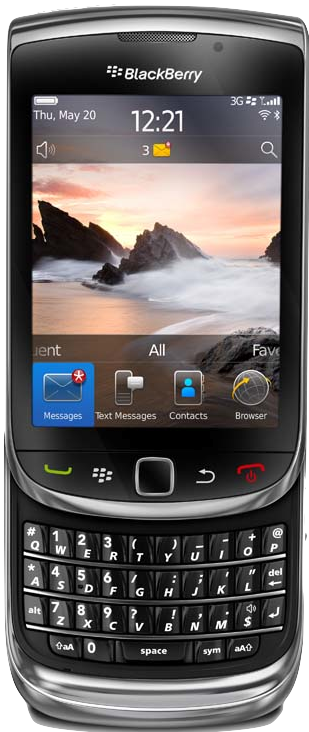 Quick recap: I was looking at device options (the contracts I tend to be on are unhealthily big, which normally gives you a free device on top of it, and why the heck not). Since I already have an iPhone (3 and 4), a Google Nexus and various Nokias, I thought what next? Do I try out another Android device? Do I give Windows Phone 7 a go? Or do I return to my old love, Blackberry. And the last one won me over. So I fell for it, and went with the brand-new Blackberry 9800 Torch. Touch screen plus QUERTY plus Blackberry e-mail. You should think that that’s pretty need and, really, all you could wish for (sorry, Microsoft, I didn’t dare – yet).
Quick recap: I was looking at device options (the contracts I tend to be on are unhealthily big, which normally gives you a free device on top of it, and why the heck not). Since I already have an iPhone (3 and 4), a Google Nexus and various Nokias, I thought what next? Do I try out another Android device? Do I give Windows Phone 7 a go? Or do I return to my old love, Blackberry. And the last one won me over. So I fell for it, and went with the brand-new Blackberry 9800 Torch. Touch screen plus QUERTY plus Blackberry e-mail. You should think that that’s pretty need and, really, all you could wish for (sorry, Microsoft, I didn’t dare – yet).
Trials and Tribulations
But, alas, it was not so. It turned out that two-odd years in the claws of the iPhone and Android had seriously spoilt me, also – and this was concerning – with respect to e-mail. I first learned that I could actually type pretty damn quickly on a touch keyboard now (better on the iPhone, less so on the Nexus), so the keyboard did not really do it. But that was not really it. The little things did it:
- Checking multiple e-mails at once so you can delete or file them all in one go? I’m sure there was one rather ingenious shortcut to do this but it was not very obvious and I had forgotten how it worked. Do I look it up on the web? Nah, it should really just work, shouldn’t it? It just felt clunky.
- Maps: a nightmare! It put me regularly miles away from where I was (and I was actually on home turf, so – thankfully – was able to survive without accurate directions.
- Browser: unusable (and, yes, I know it already is a little better than the old one).
- App World: slow and not very well stocked, is it? And, mind you, I was not looking for a gazillion funny novelty apps like light sabers and such. But even some fairly standard ones were not available.
- Speed: the handset does not run on the quickest of processors, and you could feel it. Some latency in certain processes, no really smooth pinch-zooms, etc, etc.
- Camera: OK but not more.
- Even the beautiful Blackberry Messenger (or BBM as it is also affectionately known) managed to confuse me a little: where on earth can I find that 3D barcode that allows me to add a contact on BBM? I still haven’t found it. Once up and running, it is a beauty as it always was. However, there are now many IM apps that are similarly good, and with most smartphone users on data plans, the fact that BBM is free might no longer matter as much.
On the good side? There is of course Brickbreaker (new high-score: 28,350 (!!!)) but, aside from that, the fairly solid feel of the handset, the nice rubbery back (really nice in fact) and the somewhat quaint but familiar design lines plus decent touch was all very good. I really liked the handset as such. But what was in it, not so much.
The New Kid
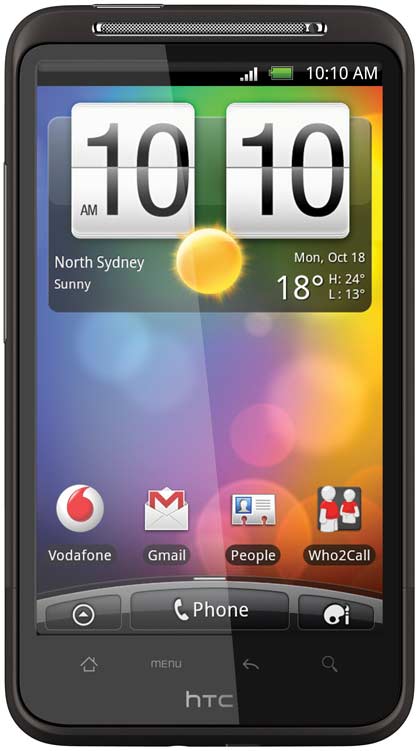 So – you probably guessed it – I gave it back and exchanged it for an HTC Desire HD. Only a couple of years ago, this would have been unthinkable. Not only was I a fairly die-hard Blackberry fan but to replace a Blackberry with a Taiwanese newcomer handset? Voluntarily? Noooo! However, it is gorgeous (besides being a bit of the big – no, really big – side). It does all the things that so frustrated me on the Blackberry so much better. Well, slicker at least. E-mail set-up is a breeze for Gmail but only a little less onerous than on the Blackberry for others (and, yes, the QUERTY does help for weird password combinations), but, once done, it works really well. And then, there’s of course the little things: 8 mega-pixel camera with stunning quality (although the lens sticks out a little at the back, which might be not so good), comparatively wholesome goodness when it comes to apps (in spite of the shortfalls of Android Market), heck, it synced all my apps from my Nexus automatically. And, Apple get this, it adds little raindrops (and a windscreen wiper) in one quick animation should it rain where ever you are (which, in England’s North-West, it does quite a lot, I’m afraid). Sweet! Browser works beautifully, maps come with proper satellite navigation on par with dedicated devices, and so on, and so forth.
So – you probably guessed it – I gave it back and exchanged it for an HTC Desire HD. Only a couple of years ago, this would have been unthinkable. Not only was I a fairly die-hard Blackberry fan but to replace a Blackberry with a Taiwanese newcomer handset? Voluntarily? Noooo! However, it is gorgeous (besides being a bit of the big – no, really big – side). It does all the things that so frustrated me on the Blackberry so much better. Well, slicker at least. E-mail set-up is a breeze for Gmail but only a little less onerous than on the Blackberry for others (and, yes, the QUERTY does help for weird password combinations), but, once done, it works really well. And then, there’s of course the little things: 8 mega-pixel camera with stunning quality (although the lens sticks out a little at the back, which might be not so good), comparatively wholesome goodness when it comes to apps (in spite of the shortfalls of Android Market), heck, it synced all my apps from my Nexus automatically. And, Apple get this, it adds little raindrops (and a windscreen wiper) in one quick animation should it rain where ever you are (which, in England’s North-West, it does quite a lot, I’m afraid). Sweet! Browser works beautifully, maps come with proper satellite navigation on par with dedicated devices, and so on, and so forth.
Mind you, I am not yet sure if I may not change back to my iPhone 4 (which is, let’s face it, damn slick!). But I will give the Desire its run, and it does pretty well so far.
Blackberry Needs to Up the Ante!
But let’s look at my old friend Blackberry. Read through the last two paragraphs, and you know where Blackberry needs to up the ante. The Torch – its newest handset with its newest OS – feels slow, sluggish, dated, laboured.
But not all might be lost: last week, at CES, I could catch a glimpse of the future: RIM’s Blackberry PlayBook, which runs on QNX, rumoured to be the foundation for the next generation of “proper” Blackberries, too. And a beauty it is: much more hardware power (dual-core processor, namely a 1 GHz Texas Instruments OMAP 4430), swish graphics (1080p video inclusive), really impressive multi-tasking (HD video + game + websites + whatever open in parallel and seamless change from one to the other in an easy and casual swipe with no lag in any of it), and it will apparently be available on Sprint’s 4G network. Check here for the full specs.
It did however lack e-mail! Yes, you read that correctly: you can apparently not get RIM’s mother of all killer apps on the PlayBook – unless you also happen to have a “normal” Blackberry (or something to that end; the folks at the Blackberry booth were a little shy about this). What were they thinking???
But let’s take stock. What does RIM have? A – so far – healthy balance sheet, good hardware, still great e-mail service infrastructure (albeit not as unassailable as it used to be), in BBM a hit in the youth market and – arguably – a bit more of a runway than most because of the – again arguably – longer times it will take enterprise IT departments to swap systems (or something along these lines; Dell is probably an exception so far). In QNX, it also seems to have a really powerful OS at its disposal (just add e-mail, please). And, finally, it has a proud history of very good handsets (the Bold must have been one of the best ever) as well as demonstrated expertise to break into new verticals (as the Pearl had shown).
So, my dear friends from Waterloo, Ontario: do it. I think you can, just show us, will you? 🙂

 Recently, previously civilized and subtle top executives of the world’s big mobile handset makers took the gloves off and became, well, a little more outspoken. What sticks from this is, of course, always only the most figurative snippets. Because all of these esteemed people have the most vested of all vested interests, their statements tend to distort reality a little. And because of that, we have increasingly lively debates at hand. But, alas, these debates may not necessarily lead to enlightenment.
Recently, previously civilized and subtle top executives of the world’s big mobile handset makers took the gloves off and became, well, a little more outspoken. What sticks from this is, of course, always only the most figurative snippets. Because all of these esteemed people have the most vested of all vested interests, their statements tend to distort reality a little. And because of that, we have increasingly lively debates at hand. But, alas, these debates may not necessarily lead to enlightenment.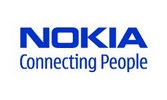 When one looks at the world map and then listens to the good folks cited above (and others), it appears that there is not one but many little worlds out there. Nokia is sitting high and dry in overall handset rankings with over 35% market share across all handsets. It is
When one looks at the world map and then listens to the good folks cited above (and others), it appears that there is not one but many little worlds out there. Nokia is sitting high and dry in overall handset rankings with over 35% market share across all handsets. It is  The situation is a little more serious for other single-segment OEM. RIM used to live off the fat of the land in the enterprise sector. And it continues to thrive there. In recent years, it has seen a huge upswing amongst kids – because of the now almost legendary BBM (Blackberry Messenger for the uninformed). However, can you successfully build or expand on a single feature? And then on one that could really also be mimicked, worked around or substituted by something similar? Tricky.
The situation is a little more serious for other single-segment OEM. RIM used to live off the fat of the land in the enterprise sector. And it continues to thrive there. In recent years, it has seen a huge upswing amongst kids – because of the now almost legendary BBM (Blackberry Messenger for the uninformed). However, can you successfully build or expand on a single feature? And then on one that could really also be mimicked, worked around or substituted by something similar? Tricky.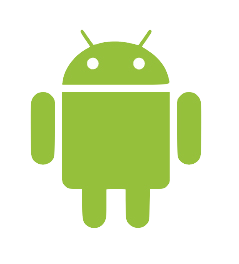 All this does of course not bother Android (and perhaps also Microsoft’s Windows Phone 7) as they have the advantage of being able to bringing many weapons to the battlefield. Android’s huge advantage is one of price due to its open-source nature: For Windows Phone 7, you need to pay a software license. Android is – basically – free. Both have multiple OEM that fight their corner though. Which is, or at least can be, good. Google will not really care if the next killer phone is produced by HTC or Motorola or Sony Ericsson (or Foxconn directly for that matter).
All this does of course not bother Android (and perhaps also Microsoft’s Windows Phone 7) as they have the advantage of being able to bringing many weapons to the battlefield. Android’s huge advantage is one of price due to its open-source nature: For Windows Phone 7, you need to pay a software license. Android is – basically – free. Both have multiple OEM that fight their corner though. Which is, or at least can be, good. Google will not really care if the next killer phone is produced by HTC or Motorola or Sony Ericsson (or Foxconn directly for that matter).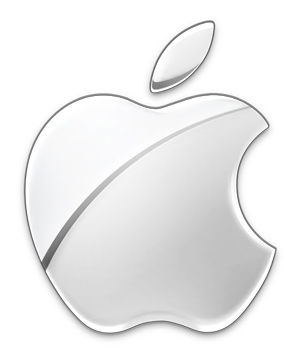 Does this matter much to Apple? Possibly not. The margin discussion will, in all likelihood, be one that Apple execs will happily take. They will look better at it. However, will it manage to break the old Mac vs. PC pattern? Probably not. However, Apple’s position looks much brighter than it did in the decades of 5% OS-share mediocrity. The company has perfected the hardware-software-service-sex-appeal equation, which looks likely to cement a much more comfortable niche for it (just have a look at its market cap).
Does this matter much to Apple? Possibly not. The margin discussion will, in all likelihood, be one that Apple execs will happily take. They will look better at it. However, will it manage to break the old Mac vs. PC pattern? Probably not. However, Apple’s position looks much brighter than it did in the decades of 5% OS-share mediocrity. The company has perfected the hardware-software-service-sex-appeal equation, which looks likely to cement a much more comfortable niche for it (just have a look at its market cap). On 28 and 29 October 2010,
On 28 and 29 October 2010, 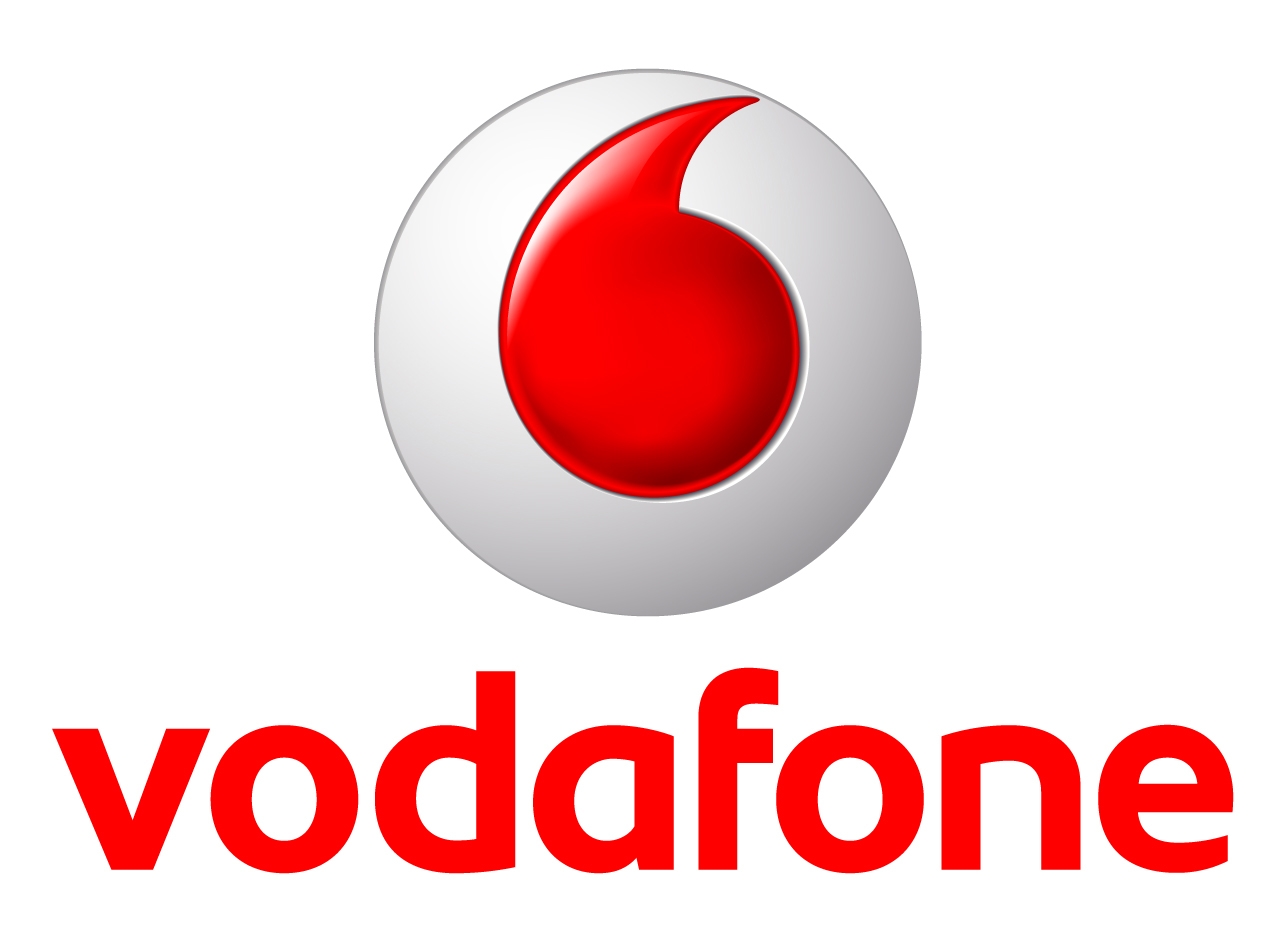 It’s been looming and was long expected but today Vodafone
It’s been looming and was long expected but today Vodafone 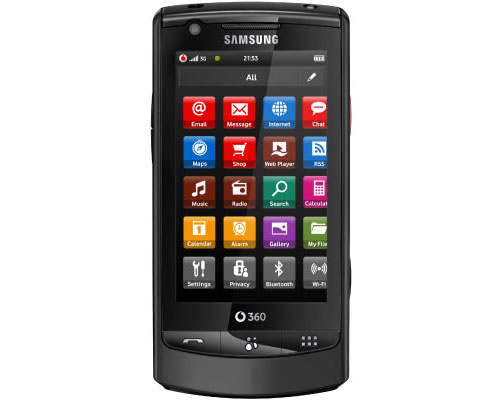 Anyway, back to Vodafone. They have realised (and, credit to them, admit it!) that a vertical implementation where you only get the full scope of 360 services if you have one of two phones doesn’t work. And, well, that’s somewhat obvious, isn’t it? Or is it a reasonable assumption that all my friends will all of a sudden (and at the same time) exchange their various handsets for a Samsung M1? No, I thought not either.
Anyway, back to Vodafone. They have realised (and, credit to them, admit it!) that a vertical implementation where you only get the full scope of 360 services if you have one of two phones doesn’t work. And, well, that’s somewhat obvious, isn’t it? Or is it a reasonable assumption that all my friends will all of a sudden (and at the same time) exchange their various handsets for a Samsung M1? No, I thought not either. On a sideline: I will be moderating a panel on “How to Make Money as a Developer” this week at
On a sideline: I will be moderating a panel on “How to Make Money as a Developer” this week at 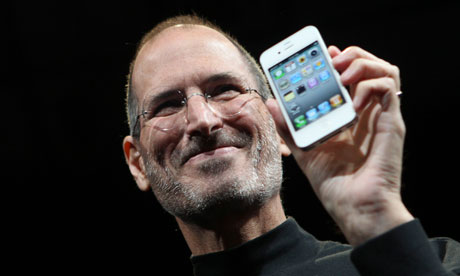 Apple’s iPhone is only a marketing fad for vain urbanites. True purists go for Android. Those who see the light in volume go for Nokia or Samsung.
Apple’s iPhone is only a marketing fad for vain urbanites. True purists go for Android. Those who see the light in volume go for Nokia or Samsung.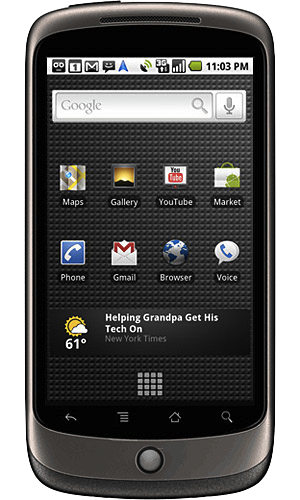 On the Nexus, you’re OK (-ish) if your life evolves around Google. With a Gmail account and associated contacts (and/or calendars), you’re sort of OK. It does all that. Now – shock, horror – I do not actually send all my mail from Gmail and my contacts are mainly dealt with in my address book (take Outlook or whatever you want if you’re a Windows user). And I use iCal and not Google Calendar. And so it starts: there is no desktop application that would help me do this. On a Mac, the phone is not even recognised when you plug it in (and that is a rare thing on a Mac; is this another piece of Apple vs. Google? I don’t know but I doubt it). So you are finding yourself setting everything up by hand! Entering the POP3 and SMTP (or IMAP) server addresses, user names, passwords, etc, etc for seven e-mail accounts is no fun. And (remember I am not a techie) invariably leads to some box checked wrongly here or a typo in a password there and, kawoom, nothing works. I can set up a Google Calendar/iCal sync BUT that will only sync the specific Google Calendar bit between the two, and not any of my other (work, home) calendars. I can sync my address book with Google, so that works. The whole procedure took me the better part of 45 minutes, including lots of corrections and swearing and led to me abandoning a half-configured beauty of an Android phone. Great result.
On the Nexus, you’re OK (-ish) if your life evolves around Google. With a Gmail account and associated contacts (and/or calendars), you’re sort of OK. It does all that. Now – shock, horror – I do not actually send all my mail from Gmail and my contacts are mainly dealt with in my address book (take Outlook or whatever you want if you’re a Windows user). And I use iCal and not Google Calendar. And so it starts: there is no desktop application that would help me do this. On a Mac, the phone is not even recognised when you plug it in (and that is a rare thing on a Mac; is this another piece of Apple vs. Google? I don’t know but I doubt it). So you are finding yourself setting everything up by hand! Entering the POP3 and SMTP (or IMAP) server addresses, user names, passwords, etc, etc for seven e-mail accounts is no fun. And (remember I am not a techie) invariably leads to some box checked wrongly here or a typo in a password there and, kawoom, nothing works. I can set up a Google Calendar/iCal sync BUT that will only sync the specific Google Calendar bit between the two, and not any of my other (work, home) calendars. I can sync my address book with Google, so that works. The whole procedure took me the better part of 45 minutes, including lots of corrections and swearing and led to me abandoning a half-configured beauty of an Android phone. Great result.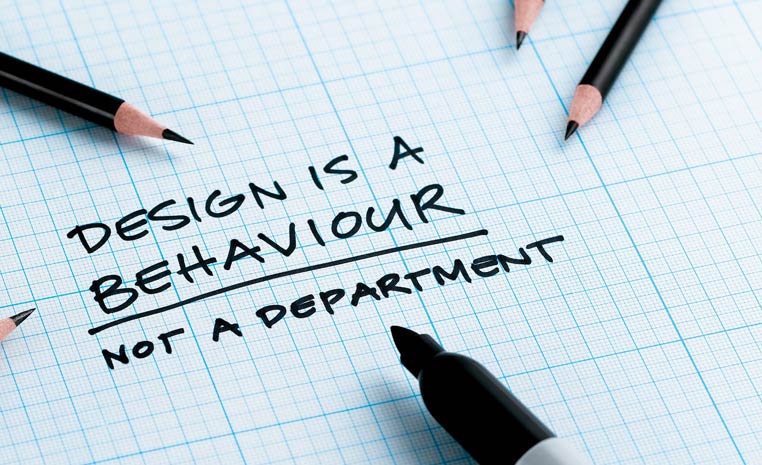 My answer is: because they design it with engineer-centric design. And that is wrong! Why? Well, because most people are not engineers! An engineer thinks something along the following: I am Google and we love the cloud. Therefore, I will design everything so that it will adhere to that principle and will – in a purist kind of way – design everything in a way that you can beautifully and seamlessly set everything up – if and as long as you use all the wonderful Google services we have. And if you don’t get that, you’re not worthy.
My answer is: because they design it with engineer-centric design. And that is wrong! Why? Well, because most people are not engineers! An engineer thinks something along the following: I am Google and we love the cloud. Therefore, I will design everything so that it will adhere to that principle and will – in a purist kind of way – design everything in a way that you can beautifully and seamlessly set everything up – if and as long as you use all the wonderful Google services we have. And if you don’t get that, you’re not worthy.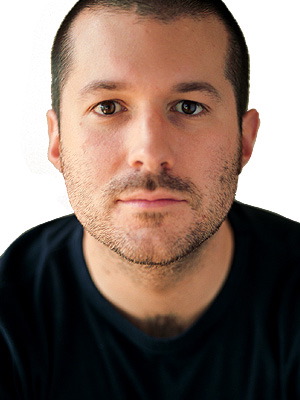 Apple looks at things a little differently (and it is not only for the better although, for most people, it is): they provide a tool that brings everything I need over to my phone just like that. Job done. Easy! They will look at whatever tools they need for this. And if it means extending iTunes (which, yes, I know, they had already) to accommodate syncing data other than music and video to something other than a computer, than so be it. In that, they follow their own philosophy as slavishly as the other guys do but they do design it from a people-centric rather than an engineer-centric point of view. And that is why it works so well for people that are not (also) engineers.
Apple looks at things a little differently (and it is not only for the better although, for most people, it is): they provide a tool that brings everything I need over to my phone just like that. Job done. Easy! They will look at whatever tools they need for this. And if it means extending iTunes (which, yes, I know, they had already) to accommodate syncing data other than music and video to something other than a computer, than so be it. In that, they follow their own philosophy as slavishly as the other guys do but they do design it from a people-centric rather than an engineer-centric point of view. And that is why it works so well for people that are not (also) engineers.